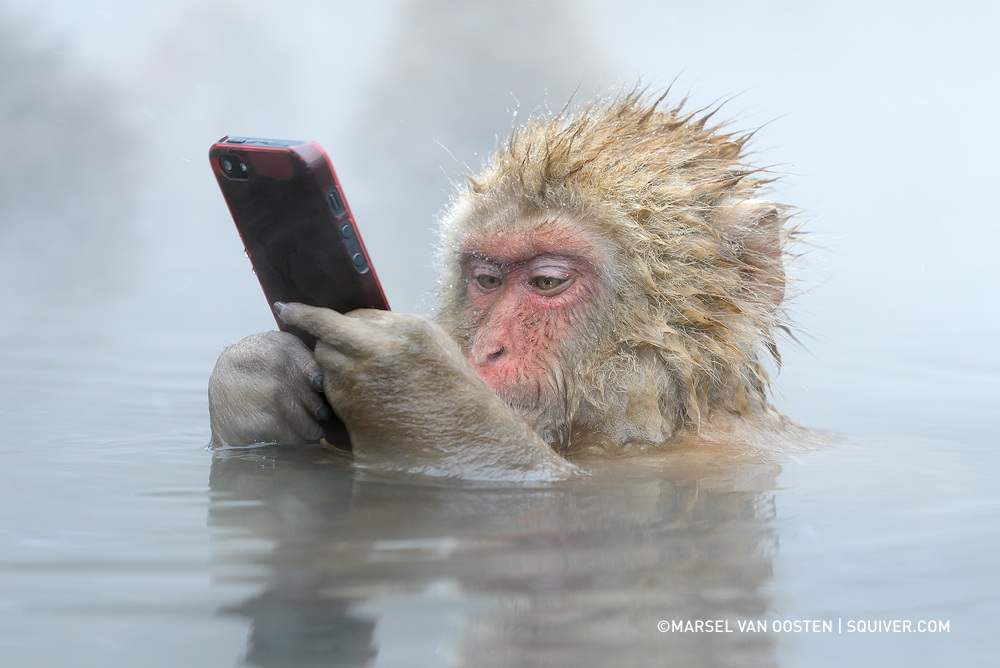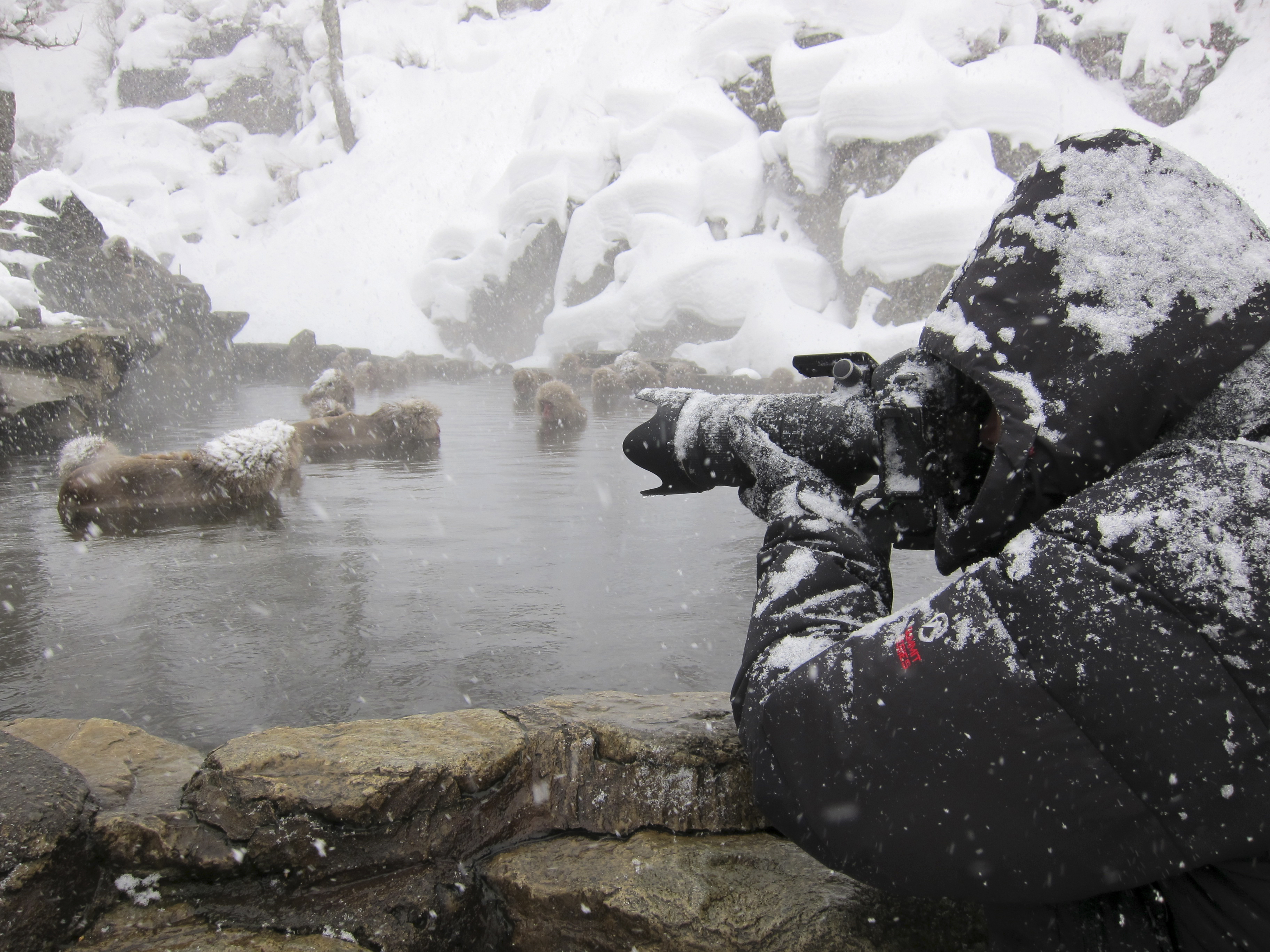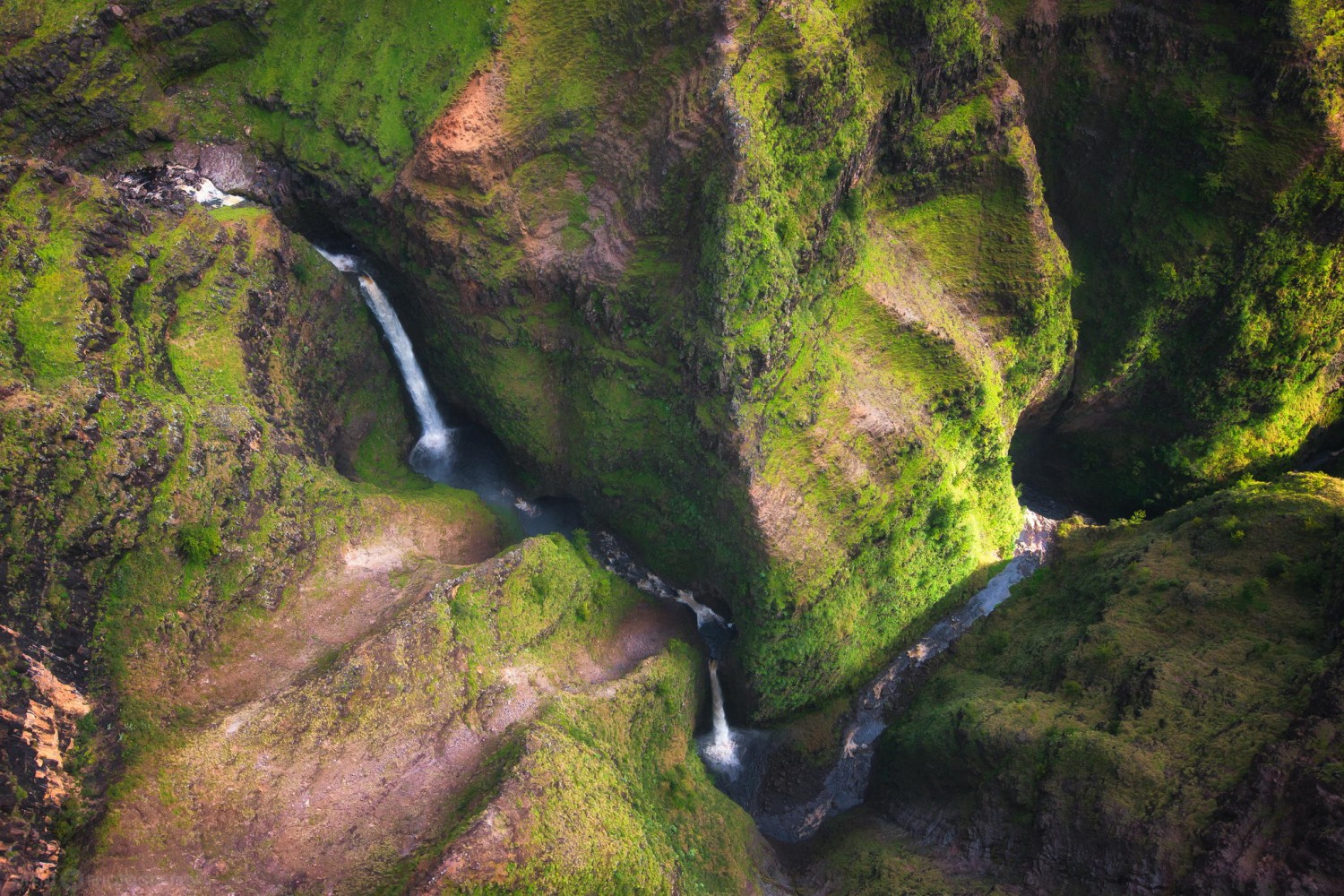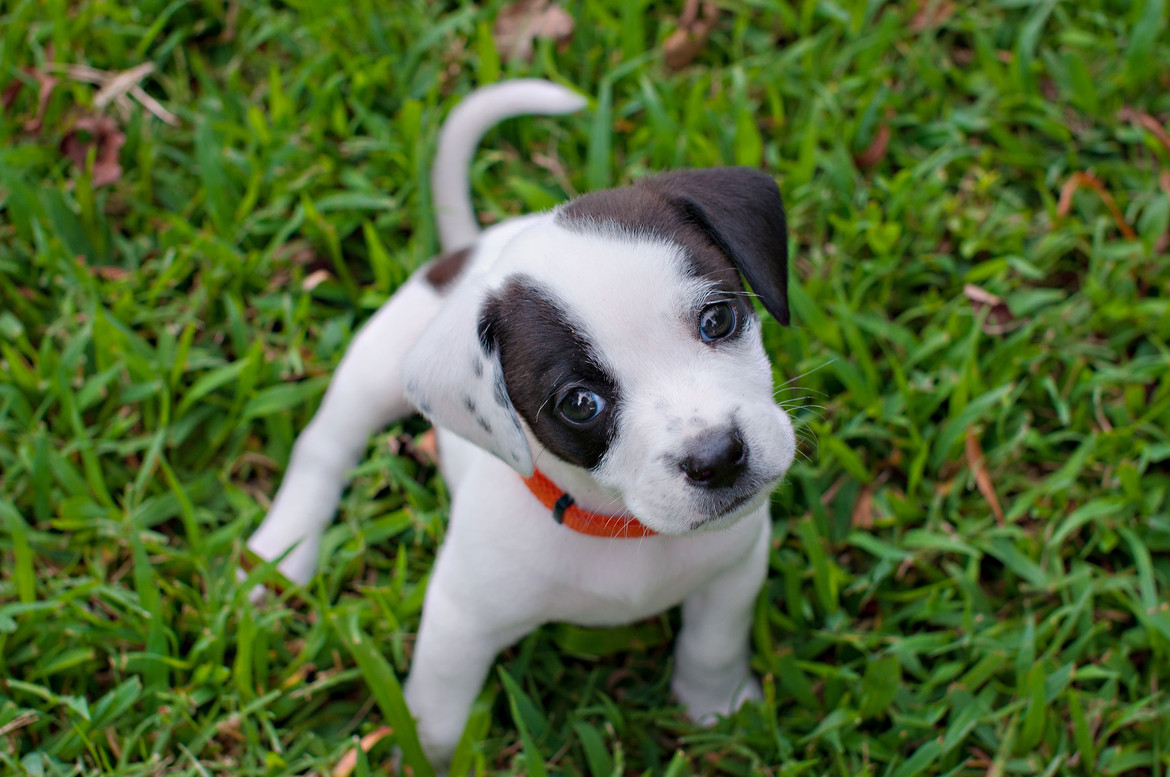Whether you find it eerie or amusing—this stunning photo of a Japanese snow monkey using an iPhone captures just how much they resemble us humans. In this 500px ISO exclusive, we asked nature photographer Marsel van Oosten to share the full story behind his amazing shot and technique.
Read on, and prepare to be wowed!
“I am a professional nature photographer from The Netherlands who runs photography tours to destinations worldwide. One of the places that my wife and I visit every year is Japan. We go there in the winter to photograph cranes, eagles, swans, and the famous Japanese macaques—also known as snow monkeys. Many years ago, we spent a week in the natural hot springs at Jigokudani to photograph the snow monkeys. We were the only ones there.”
Location: Jigokudani, Japan
Shooting data: Nikon D800, AF-S 70-200/2.8 VR II, 1/250 @ f/7.1, ISO 800, handheld
“Before I go on a trip, I do research on what images have already been shot of my subject. This is important because it shows me what the possibilities are, and it shows me what has already been done—I don’t want to copy other photographers. In my research, I noticed that most photographs of snow monkeys had been taken with on-camera fill flash, which I don’t like because it makes the subject look flat. I also noticed that most snow monkey pictures looked the same because there are no additional compositional elements you can use, apart from the monkeys and the hot spring. In order to create a series of snow monkey images that was different from what already existed, I decided to work with off-camera flash, knowing that it would give me a lot of creative lighting possibilities and total control over the look of the picture. In fact, some of those images won me the International Nature Photographer of the Year title at the International Photography Awards.”
“This is a long introduction that seems to have nothing to do with this image, but it does. I am always trying to create something different from what’s already been done, and this is an example of how I managed to pull that off. But as soon as I had accomplished my goal, I was back to square one.”
“In the following years, the hot springs started getting busier with tourists and other photographers. It was getting more difficult to return with original images every year. Earlier this year, our group was photographing the snow monkeys when tourists from a nearby resort arrived. Suddenly, we were surrounded by people shooting with iPads and iPhones, mostly selfies. We were standing close to the edge of the hot spring, when one of the tourists started taking shots with her iPhone, moving the phone closer to the macaque after each shot.”
“Suddenly, the macaque grabbed the iPhone from her hands—and quickly moved away towards the middle of the hot spring!”
“The owner screamed in agony, but the macaque was too fascinated by its new toy to notice.”
“The minutes that followed were downright hilarious. Monkeys already resemble humans in so many ways, but when they’re holding an iPhone, the similarities are almost scary. At some point, it even managed to let the built-in flash of the iPhone go off. When the macaque decided to do some serious underwater testing, the owner of the phone almost fainted. Meanwhile, I was fully aware that this would result in some of the most original snow monkey shots ever.”
“The moral of both these stories: there are different ways to create original images. In the first case, I pre-visualized the images and worked hard to get the look that I wanted. In the second case, I just happened to be at the right spot at the right time. For me, this is also one of the great things about wildlife photography—you never know what’s going to happen.”
Marsel’s snow monkey and iPhone photograph is nominated for a People’s Choice Award. You can vote for it here.
Want to get to know Marsel van Oosten better? Read on for an exclusive interview where he shares his experiences and expert advice.
Hi Marsel! How did you get started with wildlife and nature photography?
MARSEL VAN OOSTEN: I love animals and being in nature. Having worked as an advertising art director for 15 years, I’ve spent considerable time creating a world of make-believe. From a creative point of view, that was great fun, but it all felt trivial in the end. During my ad career, I’ve worked with many professional photographers. Watching them taught me a lot about photography and the power of imagery. Photography just started as a hobby for me, but soon I realized that the quality of my pictures was way below the professional level that I expected to get from the photographers I worked with. I started to get more serious because I wanted my photographs to survive my own critique.
What are your favorite subjects to shoot?
MARSEL: For landscapes, I prefer graphic scenes with powerful shapes and lines. Having gone to art school with a BA in graphic design and advertising has greatly influenced my photographic style—clean, graphic, simple and to the point. For wildlife, I prefer large mammals such as tigers, leopards, and elephants. The larger your subject, the less focal length you need, so the more landscape you can show. A magazine once called me a wildlife photographer who thinks like a landscape photographer. They’re probably right—my favorite images are landscape shots that feature wildlife in it.
What can we find in your camera bag?
MARSEL: I always travel with three cameras—a Nikon D3s, D4 and D800. On landscape trips, I will bring my 14-24/2.8, 24-70/2.8, 70-200/2.8 and a teleconverter. My other gear includes a Gitzo tripod, Markins ballhead, LensCoat covers, flash, flashlights, polarizer, neutral density filters. On wildlife trips, I will bring my landscape gear plus a 200-400/4 and sometimes a 600/4 with a Wimberley head. On average, I travel with all of the above, except for the 600. My camera bag is heavy.
Just curious. What is the longest distance that you have taken a closeup photo from?
MARSEL: I’ve shot closeups of a rhino last week with my 600mm. Distance was probably some 20 meters.
As a wildlife photographer, how many times a year do you spend in the field, traveling?
MARSEL: We travel 8 to 9 months of the year. Most of our travels are for our photo tours, but we also do scouting trips for new tours, and personal projects. Our suitcases last two years.
In all your years of experience, where is the best place in the world to take great wildlife photos?
MARSEL: That greatly depends on what wildlife you’re interested in, but there is no arguing that Africa has some of the best places to photograph wildlife—there’s a lot of it, and it’s everywhere.
What are some of the challenges you’ve encountered out in the wild?
MARSEL: The biggest challenges are always the creative ones—how do I create something that is different from what’s already out there? In nature photography, this is difficult because you have little or no influence on your subject or the conditions. Because of our photo tours, we visit certain places multiple times—sometimes two or three in a year. To return from those places with original images is really challenging. For example, we were the first company to run landscape and night photography workshops in Namibia. We’ve been there a kazillion times. If I see a photograph of the dead trees in Deadvlei, I can show you exactly on Google Earth which trees they are—it’s sick. I have photographed them all—from all angles, at all focal lengths, in all conditions. I have yet to see a composition from that place that I have not shot already myself. But the fact that it has become so difficult to shoot something original there, is also what I like about it. It pushes me harder to go beyond the obvious, and that’s when the truly great ideas come. My award-winning shot “Resurrection” is a direct result of that struggle.
Any advice for aspiring wildlife and nature photographers who would like to do what you do?
MARSEL: Think again. To earn a living from nature photography is virtually impossible. Contrary to much more commercial photography genres such as fashion and advertising, the subjects in our photography don’t really change. As a result, there is little to no demand for new nature photographs—the market is already saturated. The introduction of digital photography has made this even worse, as so many people are now into photography, and nature photography is probably the easiest genre to get into. Amateur photographers are willing to give their images away for free if they can get published in magazines, resulting in publication prices falling down. Microstock, images for as little as $1, is another example of how difficult it is to earn a living from just selling your photographs. There are already millions of photographs of lions, deer, elephants, bears, and penguins, so demand for new images of the same subjects is extremely low. If you want to become a professional nature photographer, you have to be better and different. Nature photography is not a 9-to-5 job. You have to give 200% and even then you have no guarantee that you will make it. The biggest mistake that people make, is that they copy what’s already out there. To survive as a professional nature photographer, you have to realize that what you like to photograph is not necessarily what you should photograph. You have to think long and hard about what you’re going to photograph, why you’re going to photograph it, and then how.
To browse more of Marsel’s awe-inspiring images, follow him on 500px. For more information on his tours and workshops, visit Squiver.
Got any questions for Marsel, or your own tips and stories about photographing Japanese snow monkeys? Share them with us below!
You Might Also Like These Articles:
- 45 Enchanting Photos Of Beautiful Black Cats
- 35 Cool Photos of Caat Ladies We Want To Be Friends With
- 35 Mobile Photography Tips For Taking Better Smartphone Shots
- 24 Beautiful Black And White Cat Portraits That Will Win Your Heart






















Leave a reply